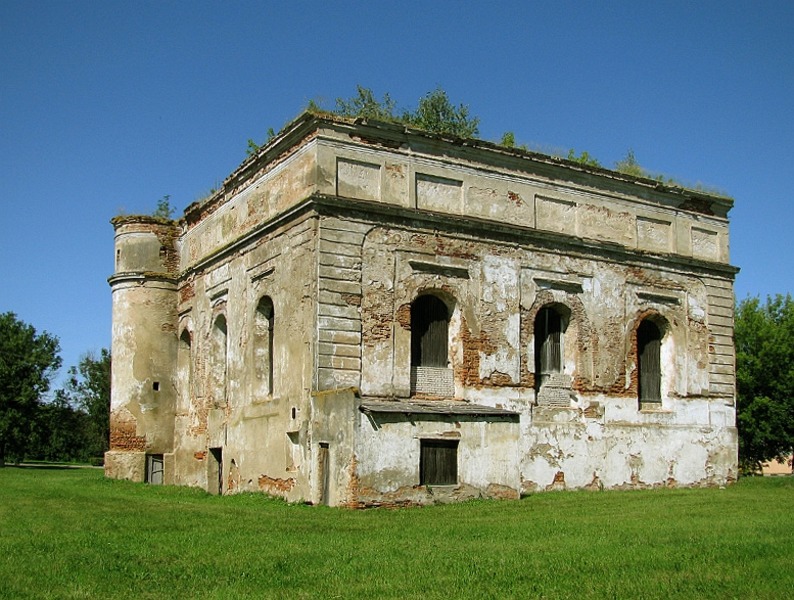History of Construction
The Bykhov Synagogue was built in the 1620s during the rule of the Grand Duchy of Lithuania. Its construction was made possible thanks to generous donations from the local Jewish community, which actively developed trade and crafts in the town. In the 17th-18th centuries, the synagogue served not only as a place of worship but also as a refuge during military conflicts. During World War II, the Jewish community of Bykhov was nearly annihilated, and the synagogue suffered severe damage. In the Soviet era, the building was repurposed and gradually fell into disrepair. Today, it is undergoing restoration, and its history continues to attract researchers and tourists.
Architecture and Spiritual Life
The Bykhov Synagogue is designed in the Baroque style with elements of Renaissance and defensive architecture. It is a massive brick building with thick walls, buttresses, and small windows, characteristic of fortifications of that time. Inside, the synagogue had a spacious prayer hall with high vaults and rich frescoes, which, unfortunately, have only partially survived. The main architectural feature is the Aron Kodesh—a niche for storing Torah scrolls, decorated with carvings. In the past, the Bykhov Synagogue was the center of spiritual life for the local Jewish community. It hosted religious services, celebrations, and educational activities. Despite the destruction, it remains an important symbol of Jewish heritage in Belarus.
Guided Tours with Building Visit
The Bykhov Synagogue is part of many tour programs dedicated to Jewish heritage and historical landmarks of Belarus. Tourists can book a tour with a visit to the building to admire its unique architecture, learn about the history of the Jewish community in Bykhov, and immerse themselves in centuries-old culture. Tours from Minsk are especially popular, including visits not only to the synagogue but also to other Bykhov landmarks, such as ancient Orthodox churches. Tours around Belarus featuring the Bykhov Synagogue allow visitors to gain a deeper understanding of the region's history and its multinational past.
